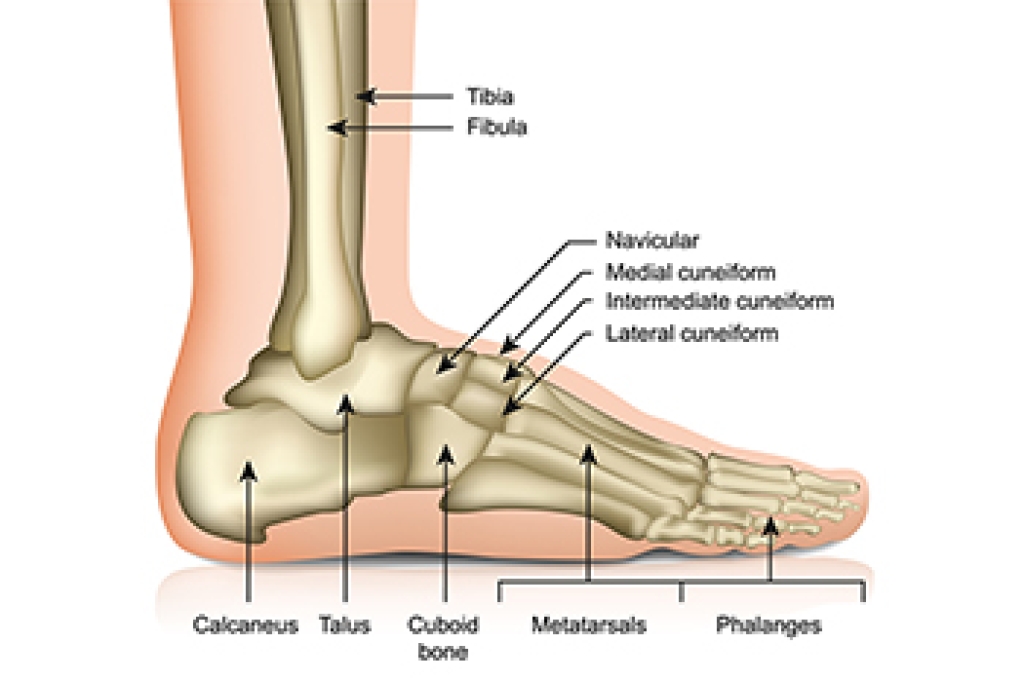
Ankle sprains, a prevalent injury, unravel an interplay of anatomy when examined through a comprehensive lens. The anatomy of an ankle involves a complex network of ligaments, primarily the lateral ligaments on the outer side and the deltoid ligament on the inner side. Ankle sprains typically occur when these ligaments undergo excessive stretching or tearing, often as a result of sudden twists or awkward landings. The lateral ligaments, comprising the anterior talofibular, calcaneofibular, and posterior talofibular ligaments, bear the brunt of lateral movements and are commonly affected during sprains. The deltoid ligament, positioned on the inner side, stabilizes the ankle against excessive inward rolling. Ankle sprains can cause severe pain and discomfort. If you have endured this type of injury, it is suggested that you speak to a podiatrist who can offer the treatment option that is best for you.
Ankle pain can be caused by a number of problems and may be potentially serious. If you have ankle pain, consult with Gerald Erskine, DPM from Seneca Family Footcare. Our doctor will assess your condition and provide you with quality foot and ankle treatment.
Ankle pain is any condition that causes pain in the ankle. Due to the fact that the ankle consists of tendons, muscles, bones, and ligaments, ankle pain can come from a number of different conditions.
Causes
The most common causes of ankle pain include:
- Types of arthritis (rheumatoid, osteoarthritis, and gout)
- Ankle sprains
- Broken ankles
- Achilles tendonitis
- Achilles tendon rupture
- Stress fractures
- Bursitis
- Tarsal tunnel syndrome
- Plantar fasciitis
Symptoms
Symptoms of ankle injury vary based upon the condition. Pain may include general pain and discomfort, swelling, aching, redness, bruising, burning or stabbing sensations, and/or loss of sensation.
Diagnosis
Due to the wide variety of potential causes of ankle pain, podiatrists will utilize a number of different methods to properly diagnose ankle pain. This can include asking for personal and family medical histories and of any recent injuries. Further diagnosis may include sensation tests, a physical examination, and potentially x-rays or other imaging tests.
Treatment
Just as the range of causes varies widely, so do treatments. Some more common treatments are rest, ice packs, keeping pressure off the foot, orthotics and braces, medication for inflammation and pain, and surgery.
If you have any questions please feel free to contact our office located in Ronceverte, WV . We offer the newest diagnostic tools and technology to treat your foot and ankle needs.




